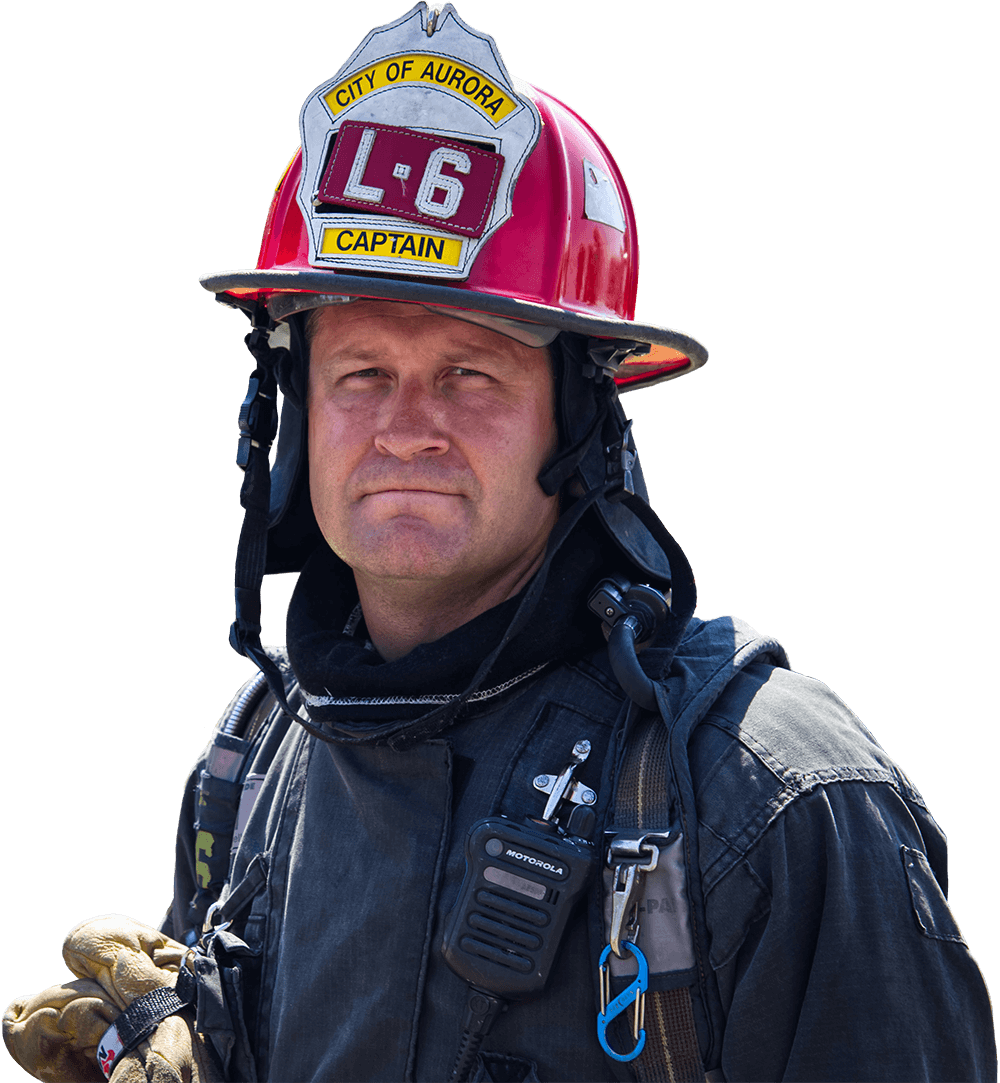As a firefighter responding to a wildland fire, a landscape that can change in seconds, it is important to be prepared. A basic understanding of the terminology used in the field relating to the parts of a fire, suppression, and fire behavior will provide a better understanding and ability to use skills and knowledge more effectively. Being able to distinguish the different fuel types igniting these fires will benefit all responding departments by giving an idea of how the fire may burn, how best to extinguish it, and how to navigate it safely.
Course Type: Full-length Course
Course Duration: 60
Weather is the most unpredictable and challenging aspect of the fire environment. Firefighters closely monitor temperature and moisture as these weather components directly influence fuels and potential fire behavior. Weather can also be affected by topographic features and characteristics of an area. The responsibility for predicting wildland fire behavior lies with everyone on the fireline, emphasizing the importance of identifying, analyzing, and using relevant situational information about topographic features.
Course Type: Full-length Course
Course Duration: 60
